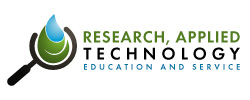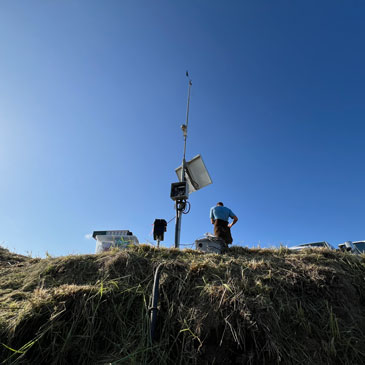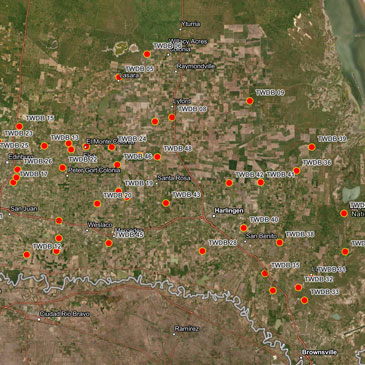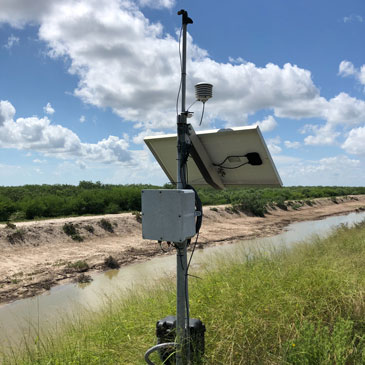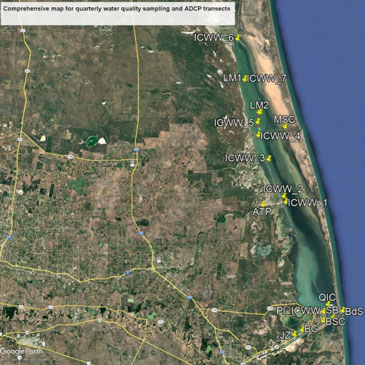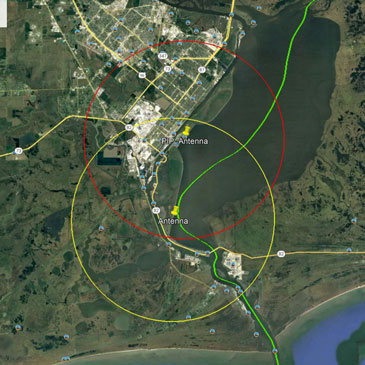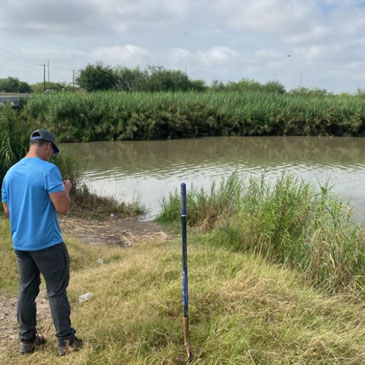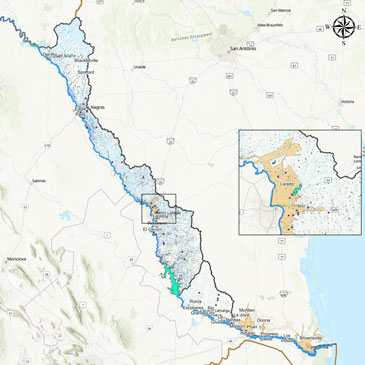Projects
RATES provides advanced information technology facilities and related services to participating organizations, either directly or through agreements and contracts with third party providers, and in connection with, to provide data, strengthen and expand services, including distance learning, teleconsulting between professionals, professional development, in-service training, collaborative research, engineering analysis, and access to shared databases.
Active Projects
Hidalgo and Willacy Counties, Texas
2021 — Present
